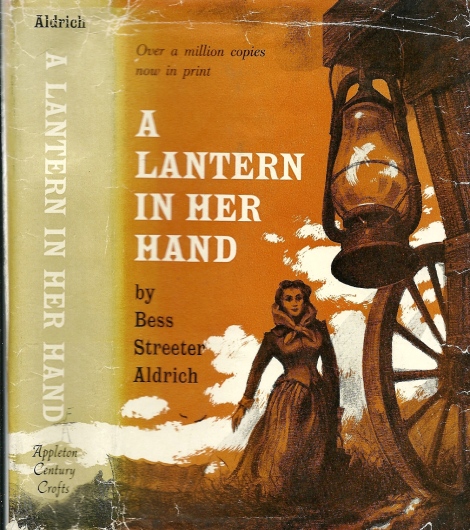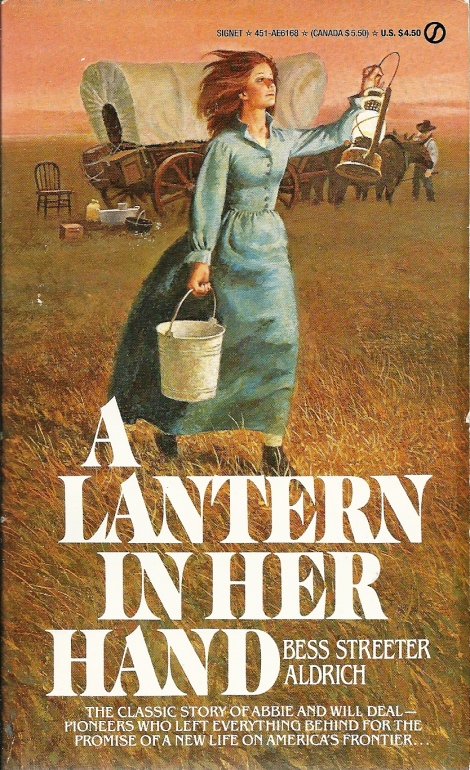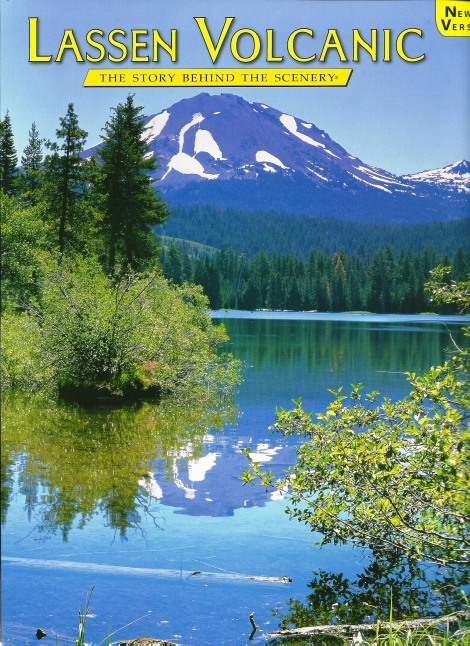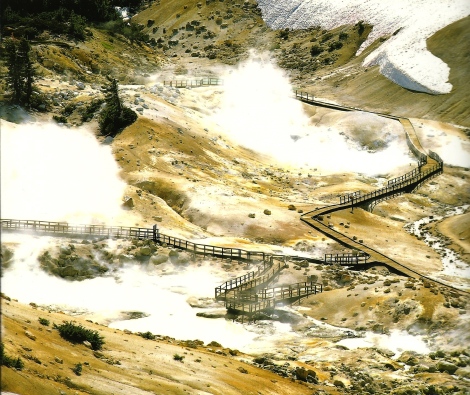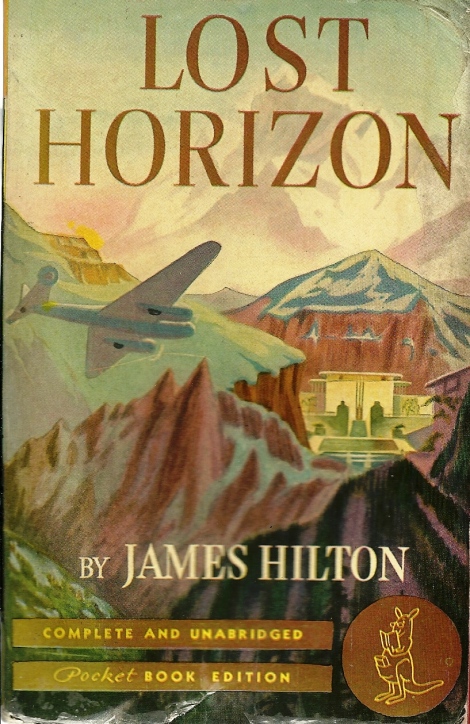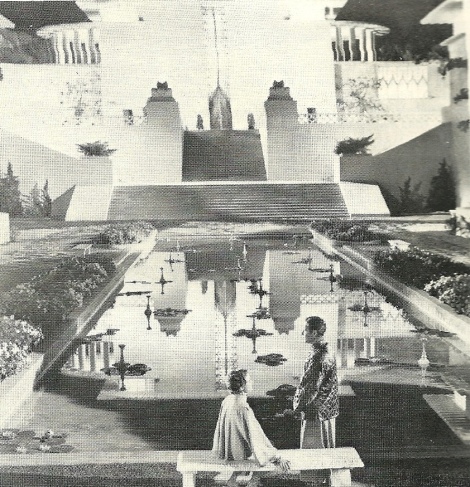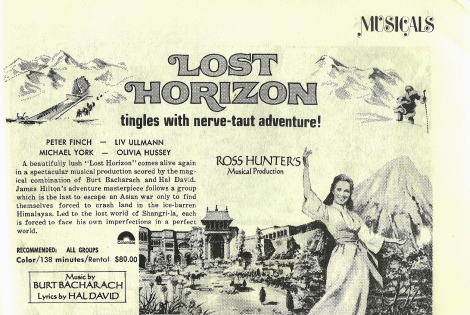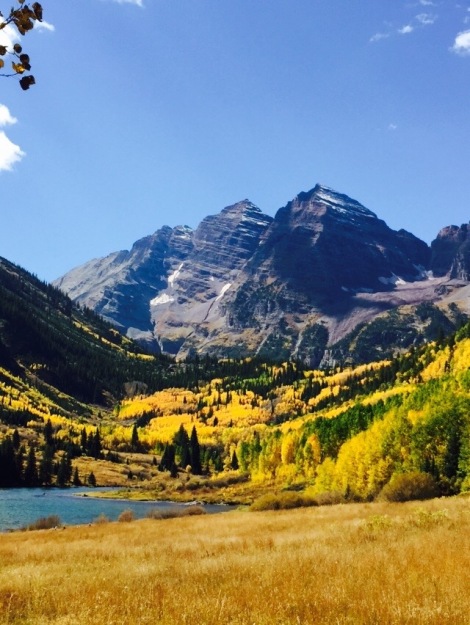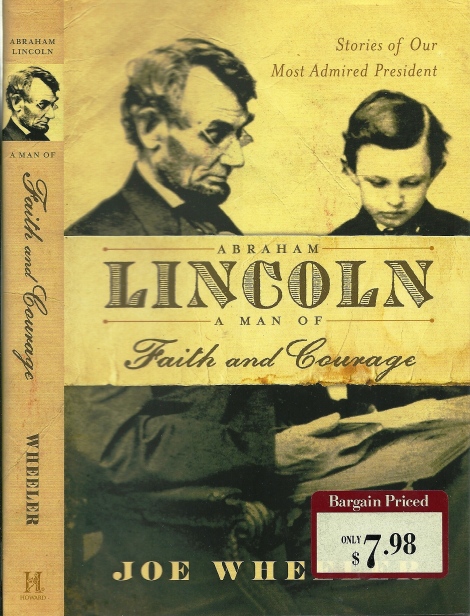BLOG #37, SERIES #6
WEDNESDAYS WITH DR. JOE
MAKING FAMILY MEMORIES
AROUND A MILL CREEK CAMPFIRE
Part Two
September 16, 2015
There were still only three of us, Marji, Connie and me that first evening. After checking into our cabin, Connie and I joined Marji around the campfire. It was good to relax, gaze into the flames, and catch up on family matters.
Next day was quiet so we joined Marji in a food-buying expedition in nearby Chester, adjacent to beautiful Lake Almanor. By evening, our numbers ballooned, each contingent making a dramatic entrance into the fireside area: brother-in-law Elmer; daughter Michelle, son-in-law Duane, grandsons Taylor and Seth; our son Greg; my cousin Steve and wife Roxann; nephew Shane, wife Lisa, and daughter Chloe. With fourteen now sitting around the campfire, it seemed that everyone was simultaneously talking to someone! Our kids had been backpacking in the coastal Redwoods for most of a week and thus had lots of hike-related experiences to share. It was fascinating to watch perhaps nature’s largest pine cones (sugarpine) contorting and writhing after they’d burst into flames in the fire-pit.
By Thursday, horseshoe-tossing had become a marathon. Except for meals, the action there never stopped. In time we were joined by our beloved Charlotte (long ago adopted into our family), nephew Jessie, and grandniece Lexi—bringing us up to near full-strength. In the evening, Steve (the storyteller of our family) regaled the campfire audience with story after story, many of them involving members of our family who are no longer with us. Few of us had ever heard them before. Steve has a wonderful gift: he can step back in time a half-century or more and remember every action, every word said, on a given day. Even vividly remembering things that took place when he was only two or three! Finally, reluctantly, we said our good nights and wended our way to cabins, trailer houses, or tents for the night. Some slept on the bank just above Mill Creek which, being spring-fed, was immune to California’s four-year drought, and thundered down the canyon.
Friday, it was time to caravan over to Lake Almanor where cousin Avenelle and Jim hosted us for the afternoon, ferrying most of us across the lake to a lakeside restaurant on the other side; the rest of our family circled around the lake by car. It proved to be a never-to-be-forgotten afternoon. Virtually the moment we returned to Mill Creek, clanging horseshoes were heard again. Others of us took walks into the towering evergreens that make the Mill Creek area so unforgettable. All around us, other family reunions were taking place. When the Central Valley’s heat gets to near furnace temperatures, everyone who can, flees to the mountains for blessed relief. That’s a key reason why the resort is booked up a year ahead of time. Later on, after a light snack, it was campfire time again. One of the stories Steve told us had to do with a mountain lion that stalked him in the Sierras—only by a miracle did Steve escape alive. And Elmer’s large stock of sugar pine cones continued to be raided one by one—after each performance, Elmer would be begged to “please burn one more!”
On Saturday, the family caravanned into the heart of Lassen Volcanic National Park, a place a number of us were unfamiliar with. The hike up to Bumpass Hell Hot Springs was most memorable, reminding us of Yellowstone National Park’s much more extensive stretch of performing sulphuric hot springs and geysers. Afterwards, we watched the informative film in the new Visitor’s Center. Shawn, who’d been involved in fighting the big Willow Creek fire in the Trinity Alps, had driven all the way to Mill Creek to be with us for the evening. After supper, Elmer and Seth teamed up to show us a family film most of us had never even heard about: the 1935 Golden Wedding Anniversary of my great grandparents, Dr. Ira and Emma Bond Wheeler in Healdsburg, California. What was funny was seeing the arrival of a long stream of family members in what to us were antique cars. Clearly, they’d packed in as many family members as could be shoe-horned in, for each disgorged an astonishingly large number of people before the car moved on and the next one arrived. This film had to have been one of the earlier family films ever made.
Afterwards, Shawn, a stand-up comedian if there ever was one, stood up and kept us in proverbial stitches for well over an hour. Especially did the cousins revel in his inimitable family-related humor. Much later, when the last sugarpine cone had writhed into embers, we bid farewell to everyone, for some left that evening and others very early next morning.
But on Sunday morning, after another delicious breakfast served on Mill Creek Restaurant’s outside deck, one after another, many with moist eyes, bid each other good-bye, each wondering if ever, on this earth, they’d be able to see the same family members assemble.
AFTERWARDS
Many have been the heartfelt responses since then. Especially having to do with the cousins who were together long enough to really get to know each other. Thanks to the serenity of Mill Creek and the scarcity of electronic media, everyone had a unique opportunity to really get to know each other in a deep way. But more than that, the young people were able to perceive parents, uncles and aunts, and grandparents, as flesh-and-blood people who not only once were so much like them but, seen with their contemporaries, shed their authority-figure-selves and were young-at-heart just like their descendants. And the numbers were just right: any more and they wouldn’t have been able to really get to know, appreciate, and love each one to the extent they did. Some of them have already, only a month later, said, “Oh, when can we do this again!”
Our personal conclusion: For each one of us, it was a life-changing experience!
